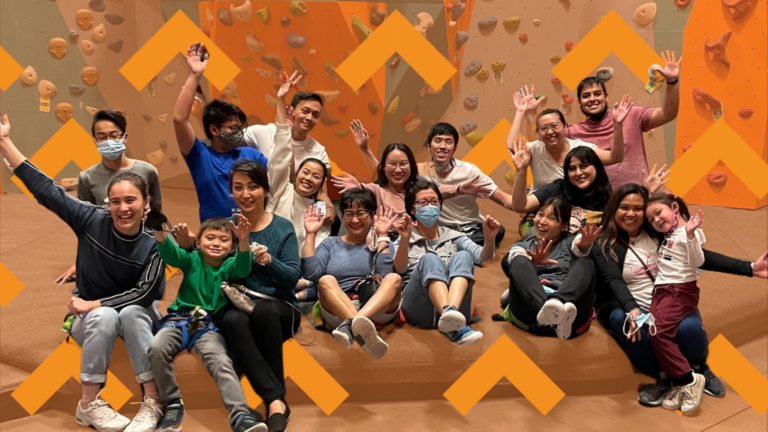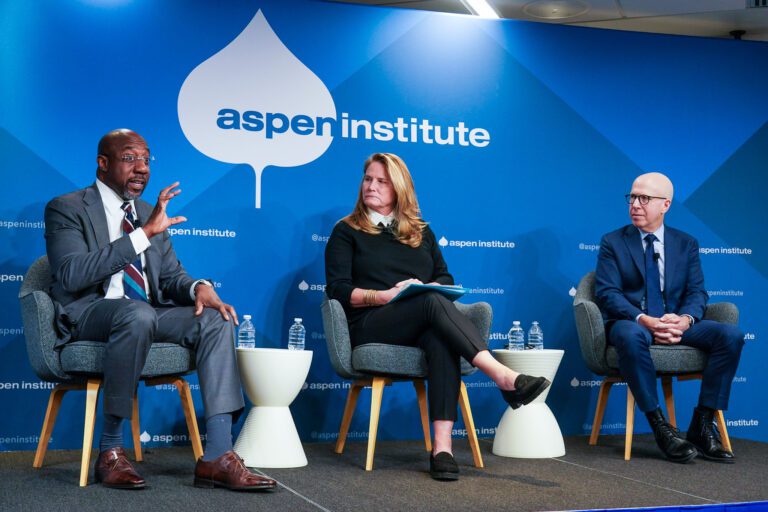4 Ways to Address Economic and Opportunity Inequality in the US
Almost half of all children in the US are born into low-income families, and the inequality gap is growing, leaving the American Dream out of reach for far too many people. But leaders across the country are working to find solutions to help break that trend. Ascend at the Aspen Institute recently brought together more than 200 experts from policy, philanthropy, and practice — including a group of parents — to share and scale ideas that build a cycle of opportunity for families.
Read below for a sampling of how some organizations are driving conversations and developing bodies of work to address this crippling issue.
Policy
Recognizing that every child should have an opportunity to succeed regardless of their Zip code, the White House Rural Council launched Rural Integration Models for Parents and Children to Thrive (Rural IMPACT) in April 2015. Rural IMPACT is a cross-agency effort to combat poverty and improve upward mobility through community-based partnerships in rural and tribal places.
As part of that work, 10 rural and tribal communities are creating opportunities for and addressing needs of both children and their parents together. This model, referred to as the two-generation approach, is demonstrating how addressing the needs of both children and their parents —rather than one or the other — can increase parents' employment and education and improve the health and well-being of their children and families. The Departments of Human Services and Labor are supporting participating communities with technical assistance, community and national network building, peer-learning convenings and services, and an AmeriCorps VISTA volunteer.
Practice
Ascend Network partners are implementing programs focused on the asset-building, educational opportunities and social networks needed to support families out of low-income status. The difference of a college degree can be a doubled salary or a 20 percent increase in earnings of a graduate’s offspring. With student parents now composing at least a quarter of the national undergraduate population, partners are considering the structural supports and social networks to support that portion of the student body. For example, Endicott College launched Keys to Degrees to provide a program that supports low-income student parents with on-campus family housing as well as vouchers and access to high-quality early childhood education and afterschool care. Their post-graduation employment rate is 80 percent.
Philanthropy
The philanthropic community plays an indispensable role in opening new doors for children and families in low-income communities. Because philanthropic dollars are more flexible than other grants, philanthropists have the ability to invest in the innovative models, pilots, and evidence-building to improve outcomes for these families. One example of this at work is the Packard Foundation, which has a holistic focus on advancing health care and early childhood education together.
Research and Innovation
As organizations innovate and think through new ways to increase programs’ effectiveness and impact on families, one imperative element in the design process is to invite in as design partners the families being served. Holding focus groups and giving families the opportunity to share their insights and barriers are valuable steps identified by behavior science to increase the quality and effectiveness of a program. Behavioral scientists consider psychological, social, cognitive, and emotional factors, captured through observation and experimentation, to identify the best ways to empower individuals and achieve better outcomes. Their findings about human instincts have immense potential to inform practitioners and program designers.
For example, leading behavioral science organization ideas42 has found that the language and communications efforts program designers use to implement new projects are often poorly received by program recipients. Through a series of focus groups with low-income individuals, designers have identified the most effective language to communicate and motivate participants.
Learn more about other leaders and organizations using a two-generation approach to build opportunities for families by visiting the Ascend at the Aspen Institute website.
Related Posts



